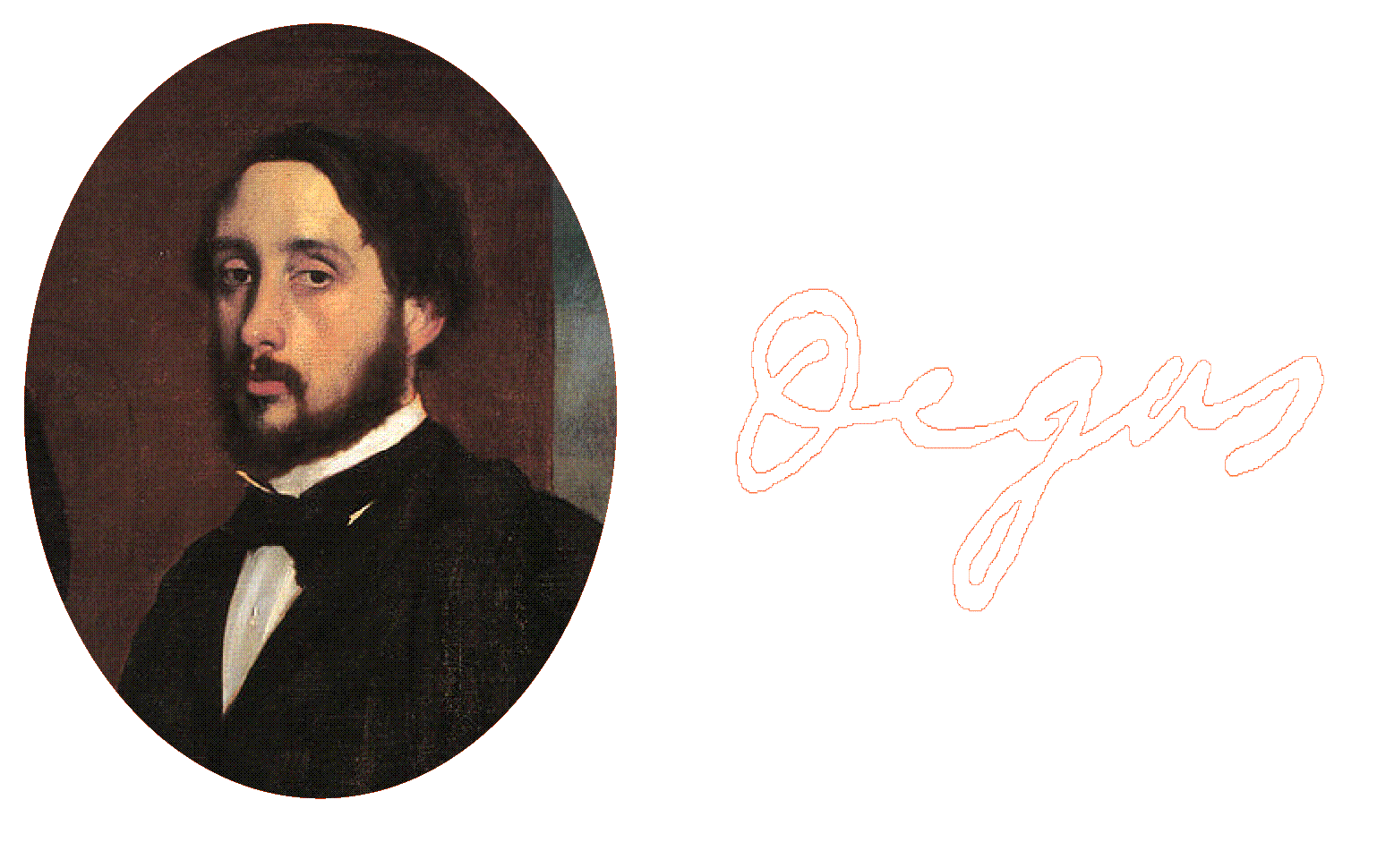Degas à l'Opéra at the Musée d'Orsay from September 24th, 2019 till January 19th, 2020
If the year 2017 had ignored the hundredth anniversary of the disappearance of Edgar Degas, we attend in 2019-2020 a masterful catch-up session with the major exhibition at the Musée d'Orsay.
Since the retrospective of 1988-1989 in Paris, Ottawa and New York, numerous exhibitions have marked, in their ways, the work of the artist. Examples include Die Portraits in 1995, Degas and the Dance in 2002-2003, Degas and the Nude in 2011-2012, Degas: A New Vision in 2016-2017 and finally Degas, Dance, Dessin in 2017-2018.

Giving up the usual retrospectives, the exhibitions turn to specific themes, of which Degas à l'Opéra is the last example. Although the retrospective retains all its meaning insofar as it presents the whole of a work in its chronological - and logical - order, this formula began to run out of steam. The thematic exhibitions brought a fresh look and an original approach to the chosen topics.
The idea of an exhibition on Degas and opera was not new. As we have pointed out, Degas and the Dance led the way in 2002-2003. But fifteen years later, a new exhibition on the same theme was timely in connection with the 350th anniversary of the Paris Opera. Music, opera, dance: Degas was to devote all his work to them. Refuting the landscape painting of his impressionist "friends", he nonetheless shares their anti-conformism. But there stops his sharing because Degas is the painter of another world, the one of the intimate caulked in warm velvet and decorations of the opera, surrounded by the rustle of the tutus of the young dancers, the bassoons with their deep sounds and vibratos of the violins of the orchestra in rehearsal.
The works of Degas representing stricto sensu the orchestra of the Opera are relatively few. There are not more than ten mainly in public collections. They form precisely the heart of the exhibition and justifies the title. And it is through these beautiful pages that begins the exhibition at the Musée d'Orsay. We know that Degas paints in studio since many sketches escaped from the opera. Each time, like a leitmotif, he draws the musicians seen mainly from behind, packed against each other. This tends to prove that he does not paint the reality as seen in the Orchestre à l'Operà (Musée d'Orsay) where the musicians look to the right an unlikely scene. Whether it's the two Ballet de Robert le Diable at the Victoria and Albert Museum, London and the Metropolitan Museum, New York, but also Musicians at Städel Museum, Frankfurt, we find the same layout. And rarely a full and complete vision of the dancers is proposed to us.
Another page of the exhibition moves away from the orchestra pit instrumentalists to present us with a completely different subject: the dancers in rehearsal or exercising. We remain at the Opera with all the paintings of the same theme in the Phillips Collection, the Fogg Art Museum, the National Gallery in Washington and the Burrell Collection in Glasgow. The dancers practice and stretch around a central space left empty as to highlight the wide grooves that mark the space. In other paintings of the same vein, Leçon de danse (National Gallery, Washington), Danseuses au foyer (Metropolitan Museum, New York), Classe de répétition (National Gallery, Washington) and another Danseuses au foyer (Detroit Institute of Art), Degas chooses an unusual format - in width - to present them. No one speaks of a photographic vision, which proves his future passion for this emerging art.
The last part of the exhibition presents numerous dancers. Were they sketched at the Opera or in the studio? Difficult to confirm their exact origin. There is every reason to suppose that the sketches were executed on the spot and that, on the other hand, the finished pastels belong to his workshop. With their bright colors - yellow, blue, green, pink - we feel that Degas intends to write a new page and leave behind his passion for Ingres. Because the blindness of which he complains since 1870 catches up with him and forces him to take refuge in the color. This exhibition marks a turning point and takes place among the major events devoted to the work of Degas in recent years.
Degas at the Opera:
Musée d'Orsay, Paris, September 24th, 2019-January 19th, 2020
National Gallery, Washington, March 1st-July 5th, 2020
Curators :Henri Loyrette, Marine Kisiel, Leïla Jarbaoui
Publication : 07-10-2019
